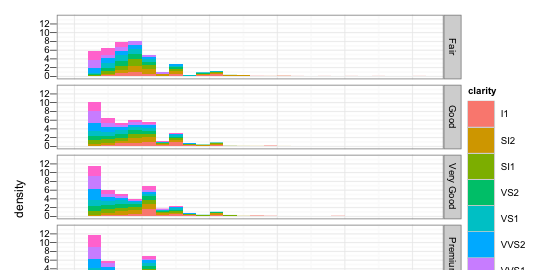The wp-recaptcha plugin for WordPress breaks when you’re serving pages as application/xhtml+xml. I inadvertently broke comments when I installed it (silly me for not testing!). I’ve written a patch that fixes it.
The default javascript API uses document.write, which isn’t a DOM method and hence is not a method of true XML documents. It’s not a new issue either, wp-recaptcha has had a history of breaking XHTML. The thing is, the WordPress plugin (which uses the PHP library by the recaptcha people) has an option to “Be XHTML 1.0 Strict compliant”; but this only fixes the use of iframes and noscript!
Updated: pushed fork to github
Continue reading “XHTML fixes for the WordPress reCAPTCHA plugin”
